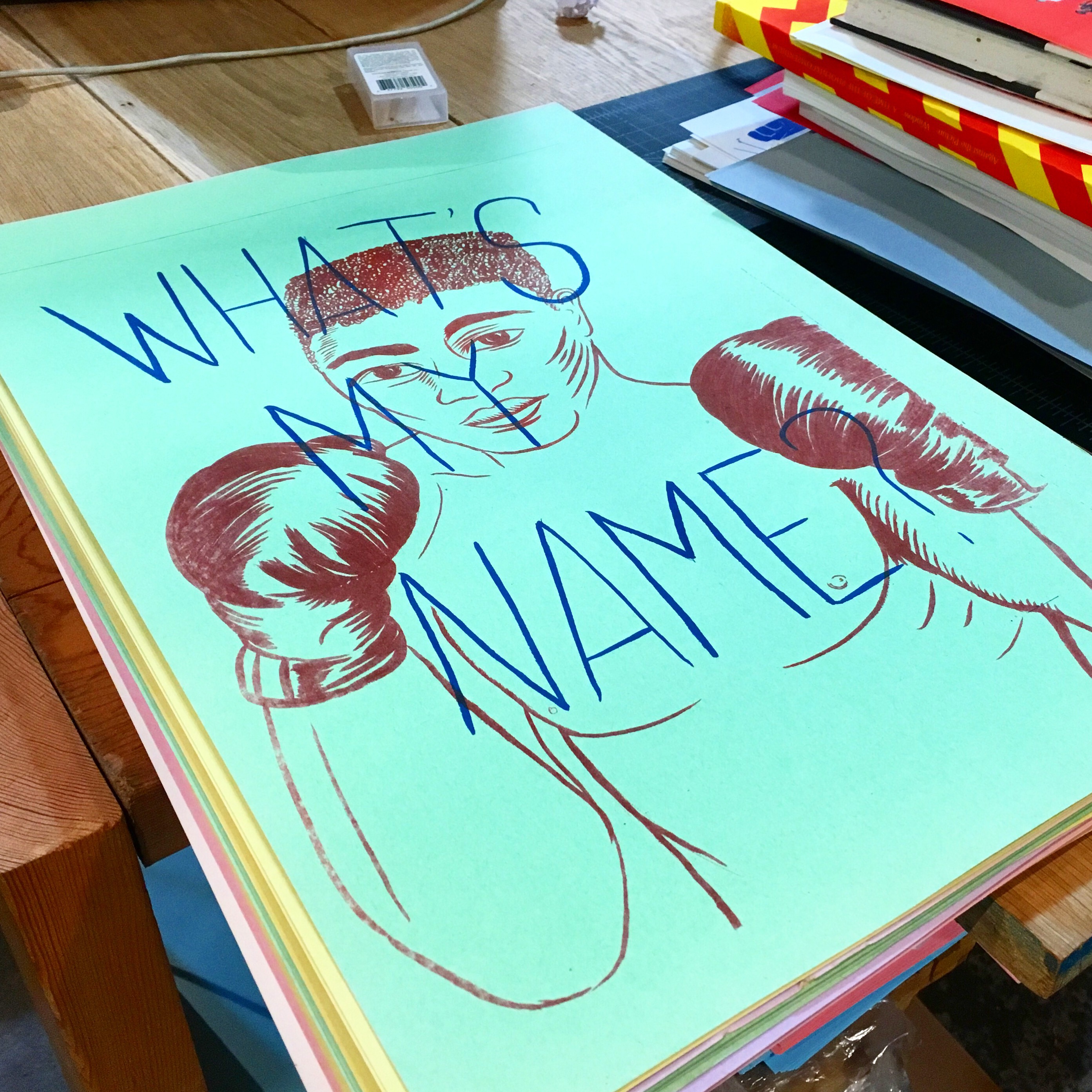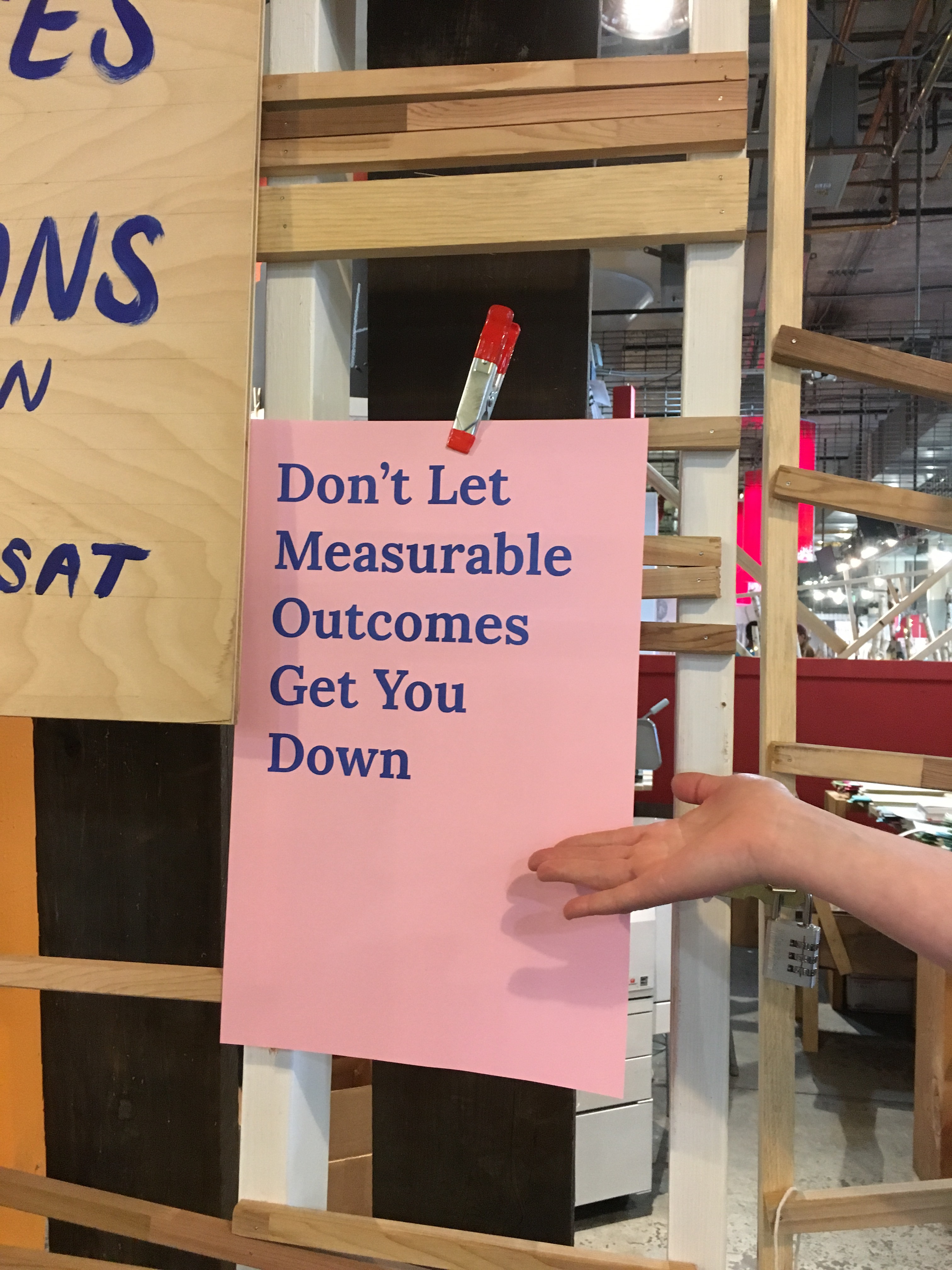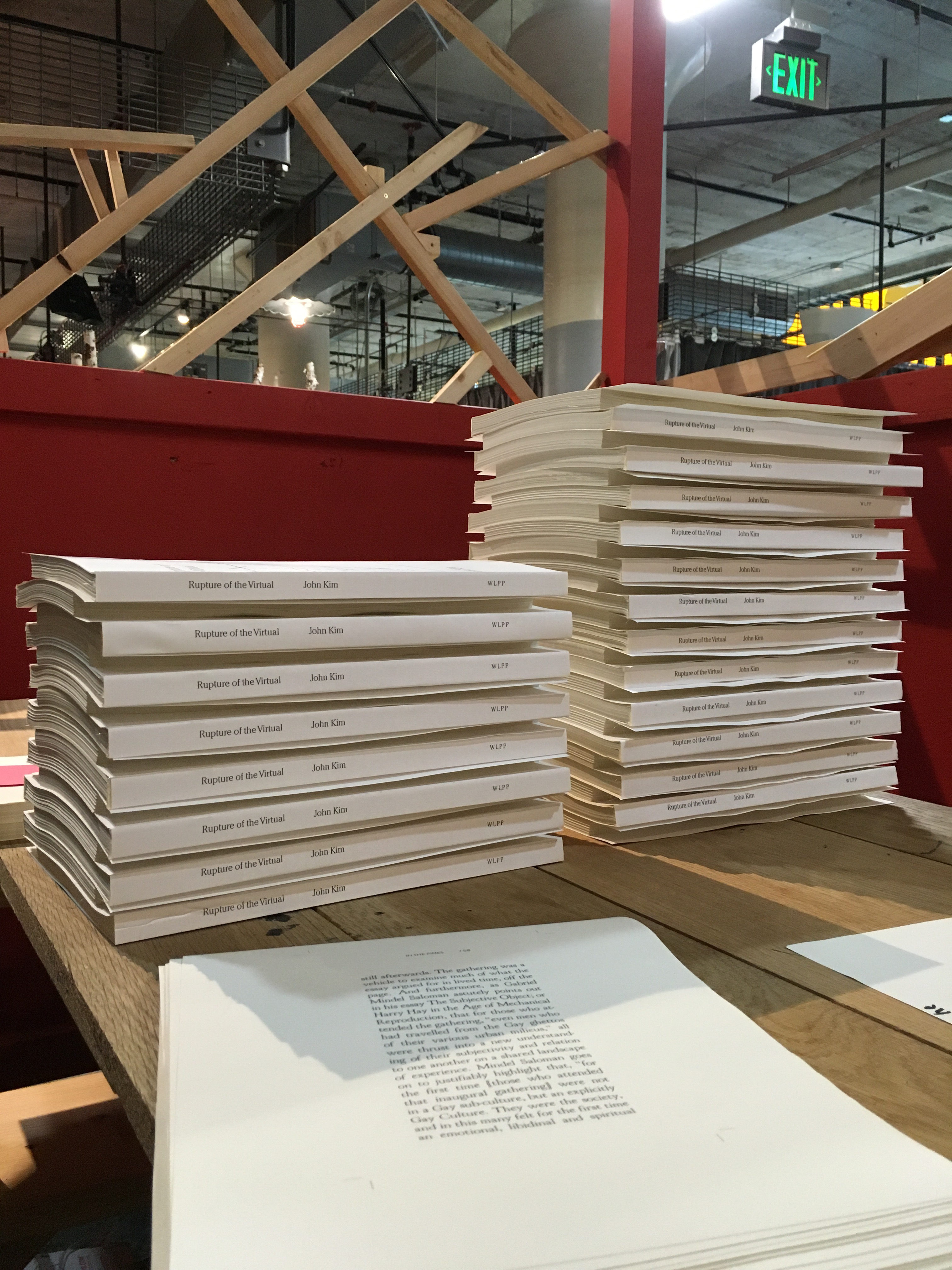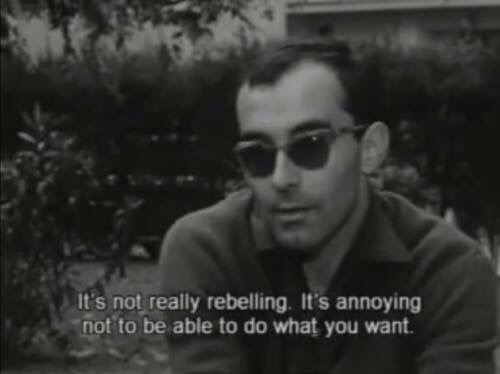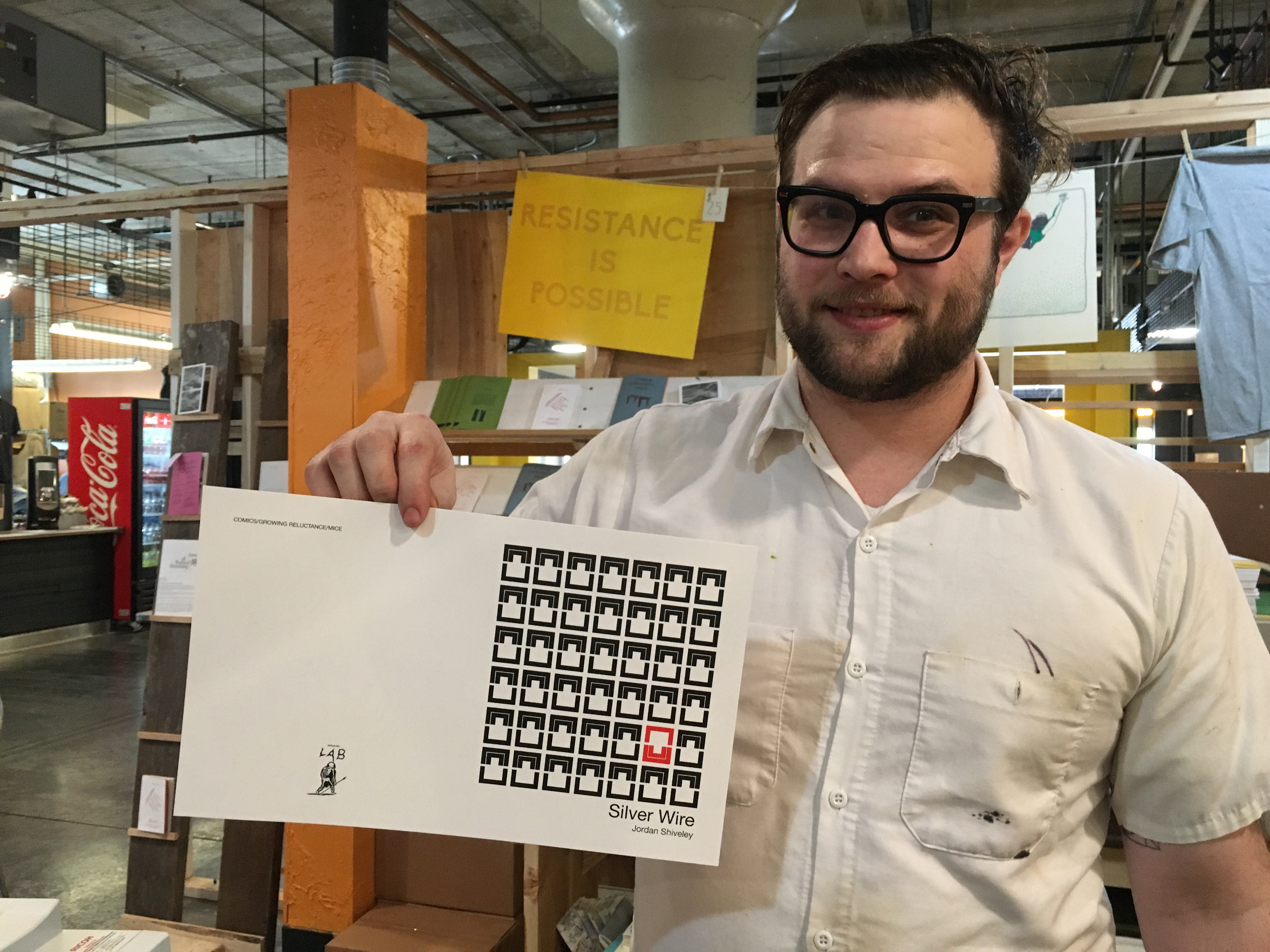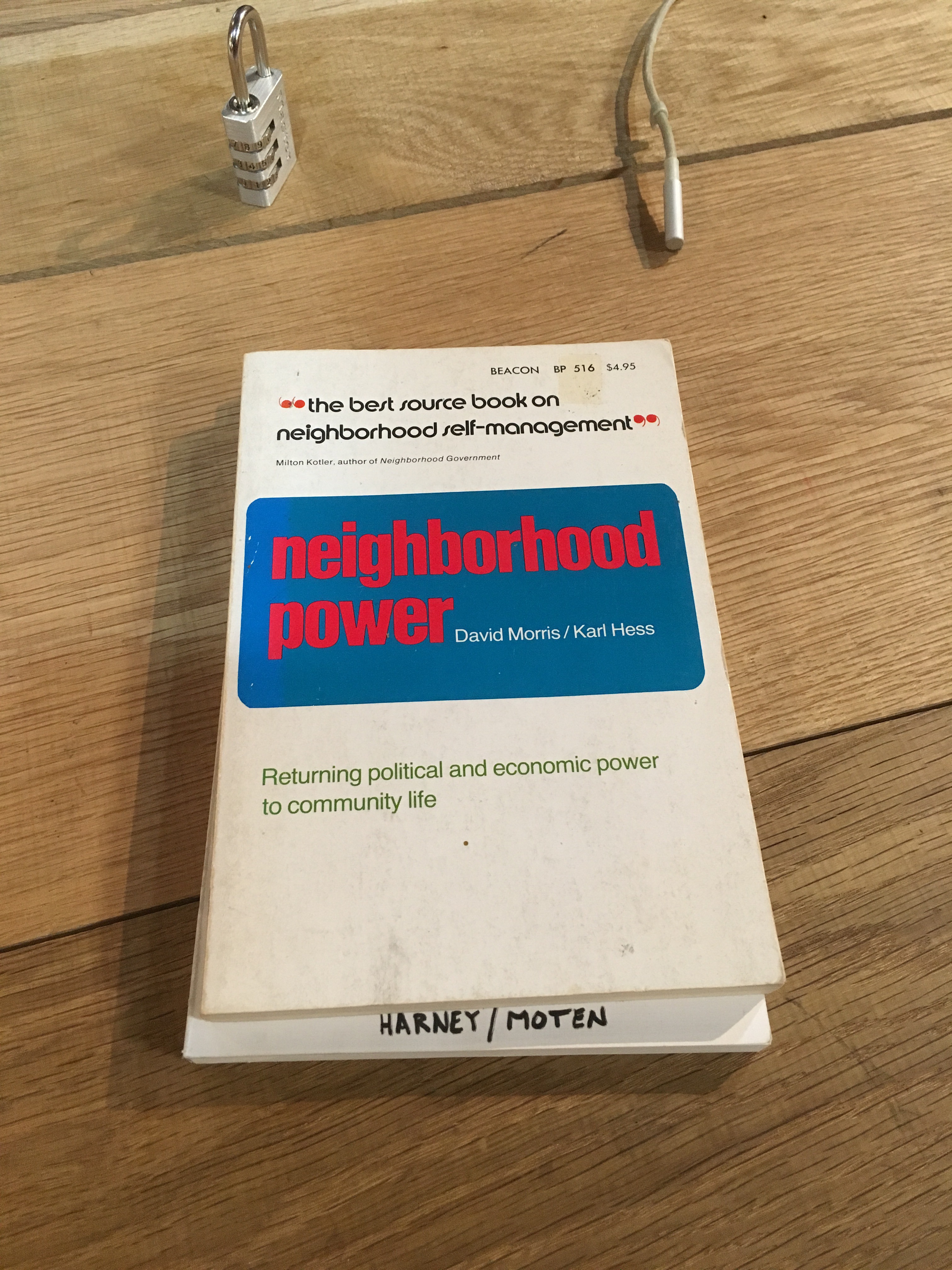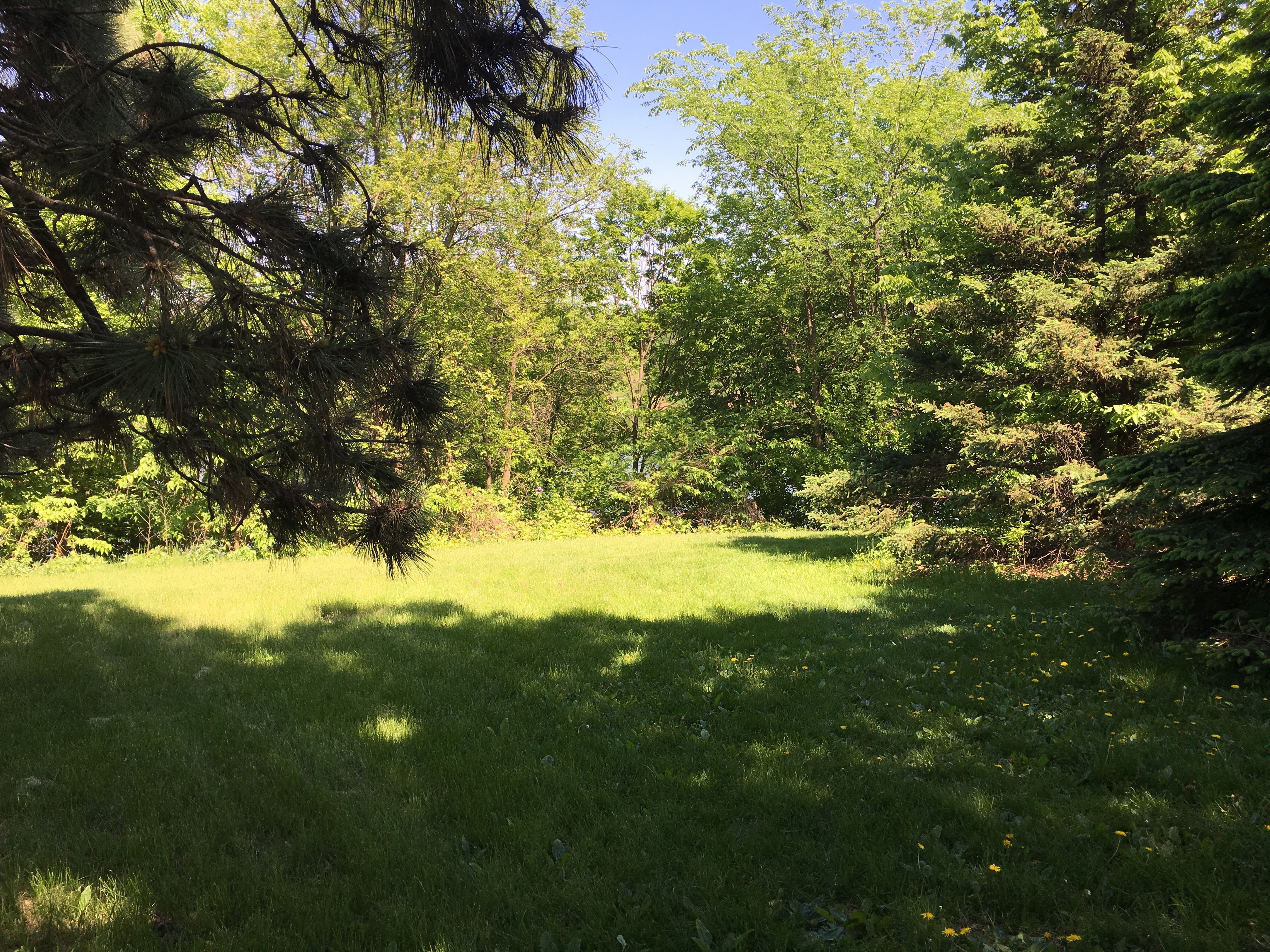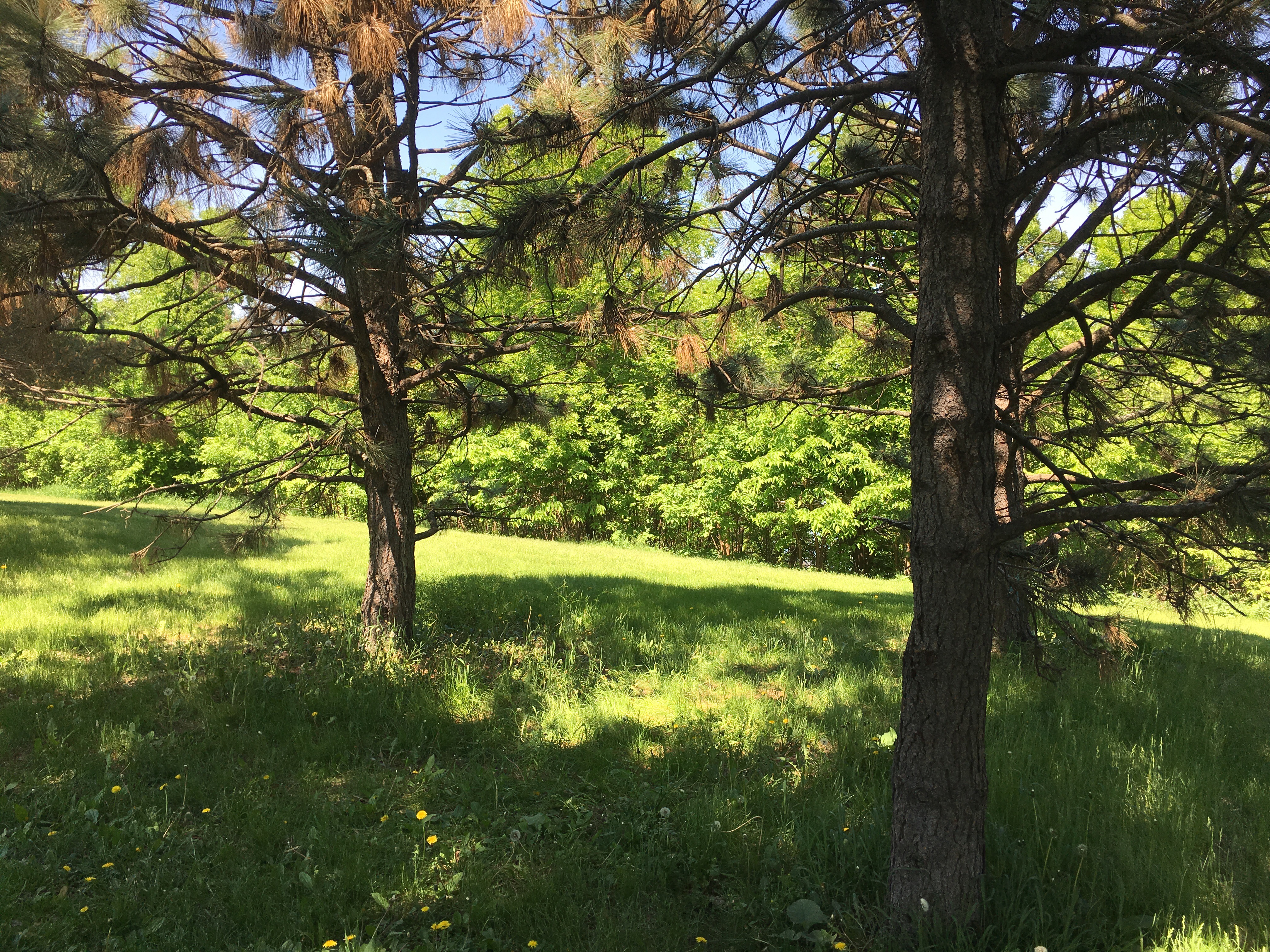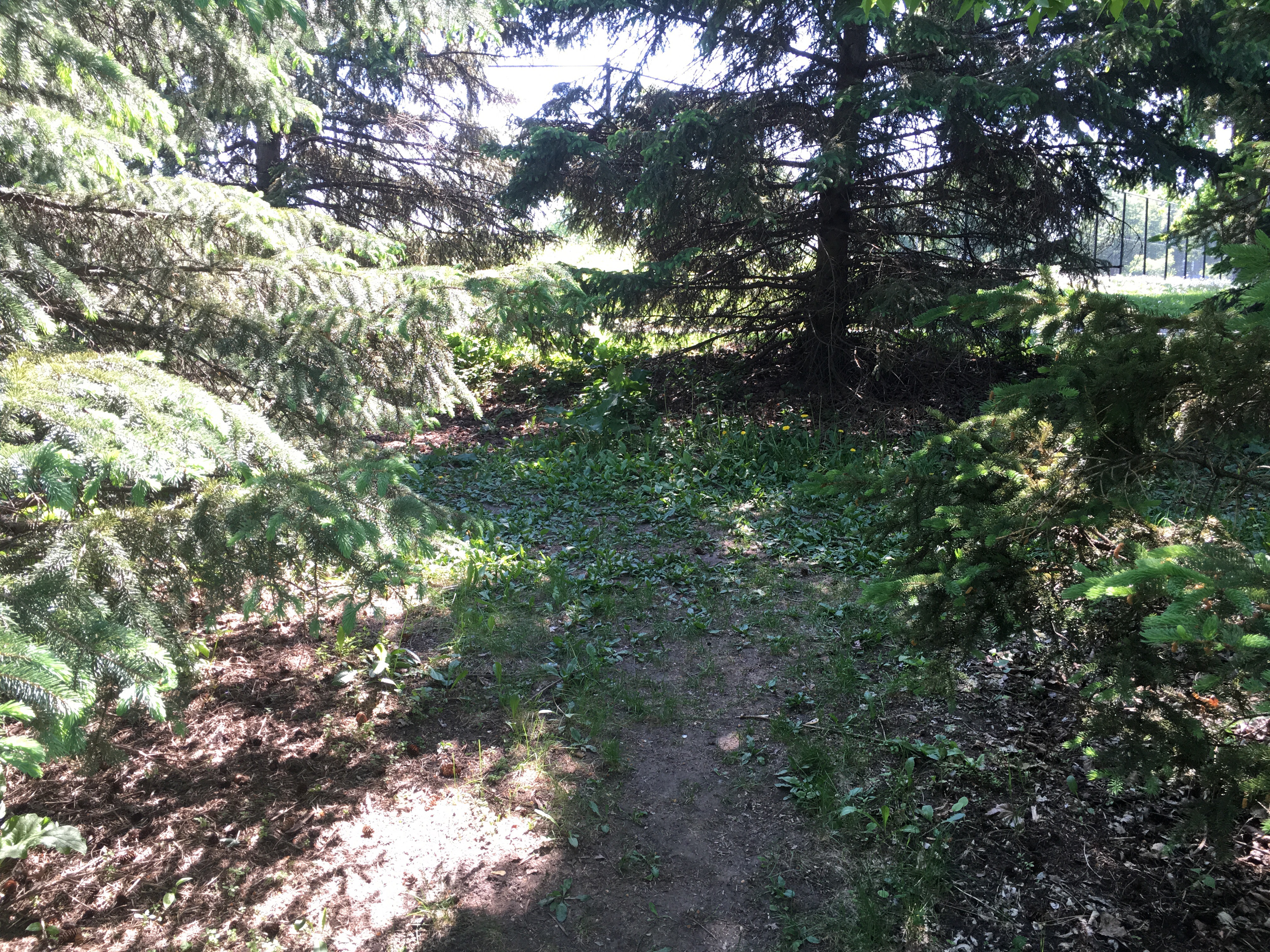Notebook
Encountered this friend walking between the shop and the house today; ether traveler.
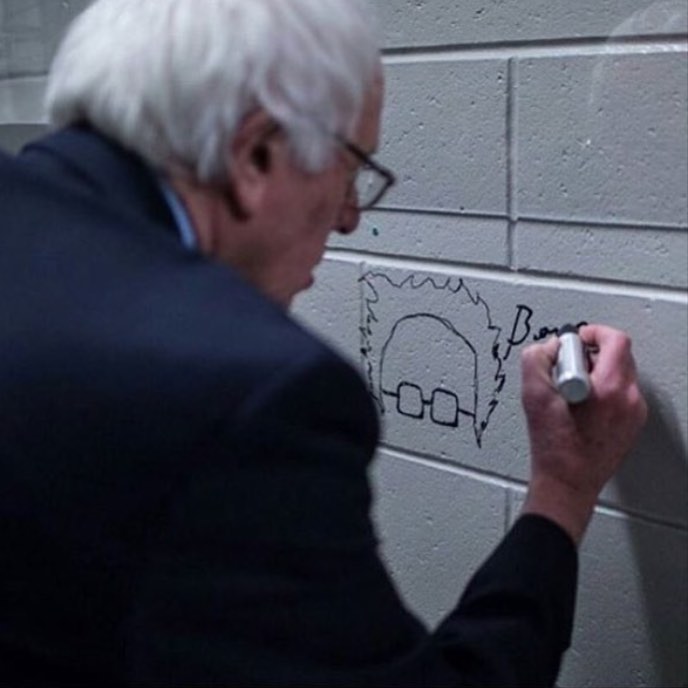
Sat, May. 28, 2016 ⁄ 5:30–7:00pm
$15 and its Benefits: A Conversation w/ Ken Jacobs on the “Fight for $15”

Will raising the minimum wage:
– Increase unemployment?
– Cause businesses to leave?
– Lead to rampant inflation?
For over seven decades–ever since the U.S. has had a minimum wage–big business has spread fears about the catastrophic consequences of raising the minimum wage. Decades of economic evidence show that these fears have never matched reality. Join economic researcher Ken Jacobs for an informal evening to debunk the myths. Learn how you can get involved with our grassroots campaign to get $15 on the ballot. We need to raise the minimum wage to $15/hour to put people over profits and rebuild our local communities!
Economic researcher Ken Jacobs is the Chair of the Labor Center at UC Berkeley, where he has been a Labor Specialist since 2002.
After a Q & A at Beyond Repair, join Ken for beers at East Lake Brewery.
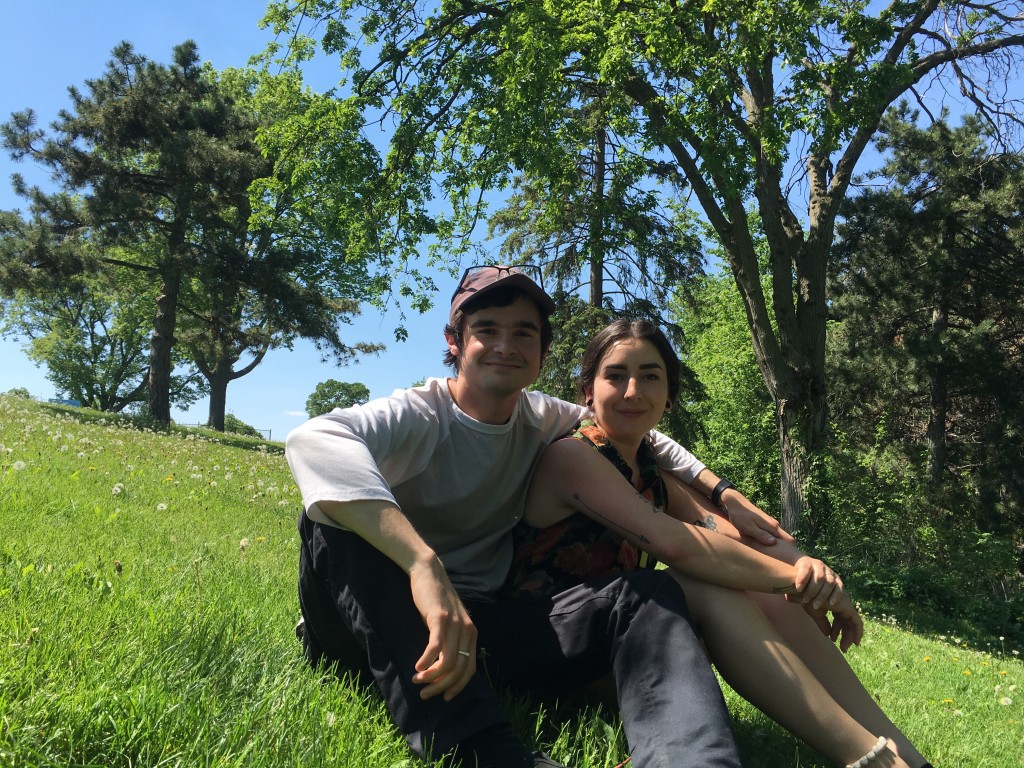
These very nice folks were visiting – on the road from Chicago – and saw the sign we posted at the shop. They came and met us in the park and had a conversation with us about our plans.
It was a beautiful day today. Who wants to be in the middle of a (nearly deserted) marketplace? Louis and I decided to head out into Powderhorn Park on a scouting mission. I’ve been thinking about some sort of simple, architectural intervention in the park for some time. For years I’ve imagined some sort of shack, tucked between the trees on the hillside overlooking the lake. But, of course, that sort of undertaking would take maybe more effort than it would be worth, in that it very likely would be knocked down / taken away quite rapidly.
But, why a shack? Why anything? In thinking through what to build and why, I can’t help but go back to my general rules of thumb of publication, whether a book or a shack in a park: What is being said will inform how to say it. All too often I think we start in reverse when we are considering forming a public around desire. We think about the ways we already know to do things. We wrote an long essay, we publish a book. We see injustice, we make some signs and protest outside some civic building. But maybe that’s the exact opposite way to approach things? While, in the end, we may end up at the exact same location, starting at that long ago pronouncement of Josef Alber’s, of form following function, is spot on. The vehicle that moves your ideas around, and populates itself around your ideas, should always be in service, and not driving, the message.
I’ve always been particularly enthralled by the deceptively simple forms from Ken Isaacs How to Build Living Structures book.

In thinking about Isaacs Super Chair I can’t help but consider The Diggers “Frame of Reference” as well. Somehow they seem melded together in time and attention for me; a way of seeing, a place for reflection…
And so, in considering some sort of structure for the park, and if this sort of transparency and lightness were part of it, what would people be reflecting on? What would a structure – with reflection as its intent – serve that the natural space and beauty surrounding it doesn’t already?
Well… lots to consider.
Sat, May. 21, 2016 ⁄ 8:43–10:00pm

Last fall Andrew Jansen pulled a handfull of folks together, including our dear friend John Zuma St. Pelvyn and his collaborators in the Dark Globe Memorial Big Band, to situate themselves under various bridges, here in the neighborhood, at dusk along the Greenway. It was a truly magical event.
We’ve spoken with Andrew about producing some sort of “thing” in relation to this past, and near present, version of “Bridges.”
Tomorrow night will find us experiencing the second iteration of the gathering, now in springtime. We highly suggest you check it out. Here’s the lineup and bridge locations, including our friends IE, who we’re also in the midst of figuring out some “thing” with.
11th Ave – Carl Fisk
12th Ave- John Vance / Distressed Irony
13th Ave- IE (pronounced eee) / Michael Gallope & Crew
14th Ave- Jess Buns / Diva 93
15th Ave – Nancy, Thomas (Straight Panic, Family Planning), Kevin (Transitional Species)
16th Ave- Drone Not Drones Auxiliary / Luke Heiken (Drone Not Drones, Antiartica), Nate Nelson (American Cream Band), Croix Clayton (American Monsters), Chris Strouth (Paris1919)
Bloomington Ave- Dark Globe Memorial Band / Steven Matheson (John Zuma Saint-Pelvyn)
17th Ave -Tabby Sheets / Jackie B / Kate F / Molly R
18th Ave- Matt B and Emily (P • PL)
Cedar Ave- Andrew Jansen / Beach Body
If you have any questions direct them to
email: [email protected]
Thu, May. 19, 2016 ⁄ 4:00–5:00pm
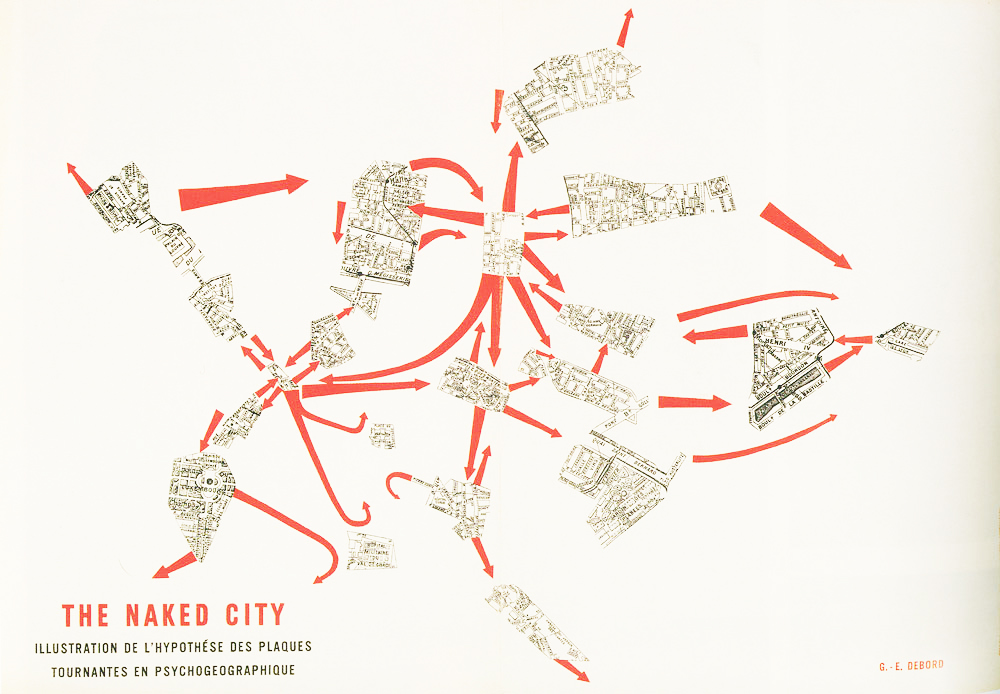
In 1958 the French social theorist, Guy Debord, wrote this;
In a dérive one or more persons during a certain period drop their relations, their work and leisure activities, and all their other usual motives for movement and action, and let themselves be drawn by the attractions of the terrain and the encounters they find there. Chance is a less important factor in this activity than one might think: from a dérive point of view cities have psychogeographical contours, with constant currents, fixed points and vortexes that strongly discourage entry into or exit from certain zones.
Dérive translate roughly, from the French, to “drift.” The ideas behind many of Debord, and his cohort, The Situationists, have been firmly, if not menacingly, adopted within the market place. We “drift” around the mall, finding pathways from one shop to the next as if by accident, pinballs within the machine of commerce. To many, familiar with Situationist thought or otherwise, these concepts will ring true.
With this in mind, what might occur when one decides to “close up shop,” leave the marketplace to go on a walk, not destination in mind, around ones neighborhood? To continue with the “theory of the dérive,” where will the neighborhood take you?
As the weather has turned in Minnesota, and Beyond Repair is, at heart, compelled to listen to what the its neighborhood is saying (as well as respond in return), it seems only fitting to complicate, yet again, our role as “business” within the market place, here at the Midtown Global Market. What are we selling at Beyond Repair if not reading as an act of critical and social engagement. And so, we are compelled out into the streets, reading the sidewalks and alleyways to consider the thoughts of the 9th Ward.
In time, as ever, something will come of it; a broadside, a series of chats around the table in the shop, a new way of looking / talking about where we live together, a breathe of fresh air…
Currently spinning on the shop’s turntable…

